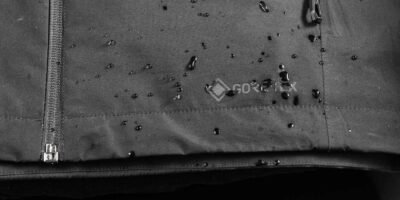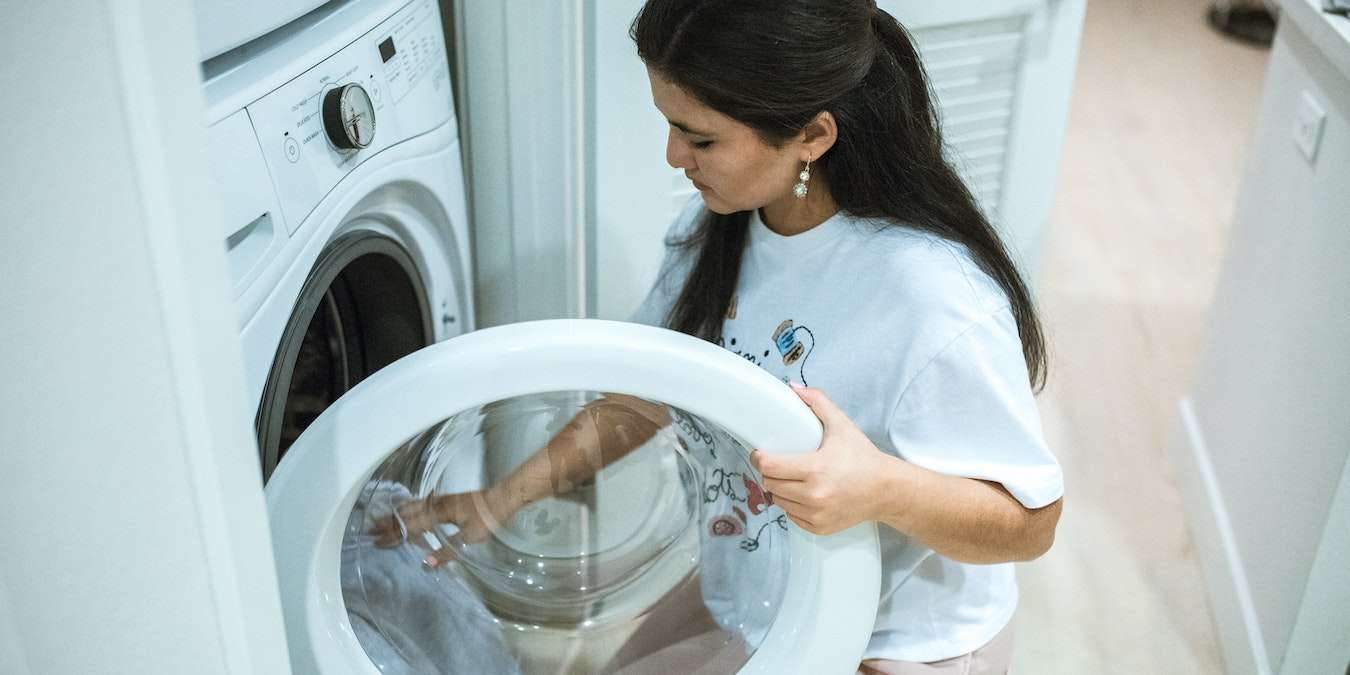
Laundry isn’t complicated at all. If you want, throw anything in the washing machine, add a bit of detergent, run it on cold with little or no post-spin, and your clothes will come out clean. Then you can throw it in the tumble dryer on the lowest heat, and they’ll come out pretty much dry. It’s not that hard.
However, if you want your clothes to last a long time without fraying or falling apart, you need to take a few extra precautions. Certain items can be machine washed just fine, while more delicate pieces need a little more care via hand washing and air drying. You need to know if you want your cheap clothes to last many seasons.
Regular Wash or Dry Clean?
Most articles of clothing are robust enough to be washed in water with laundry detergent. However, depending on how delicate an individual item is, you may need to hand wash it instead of tossing it in a washing machine.
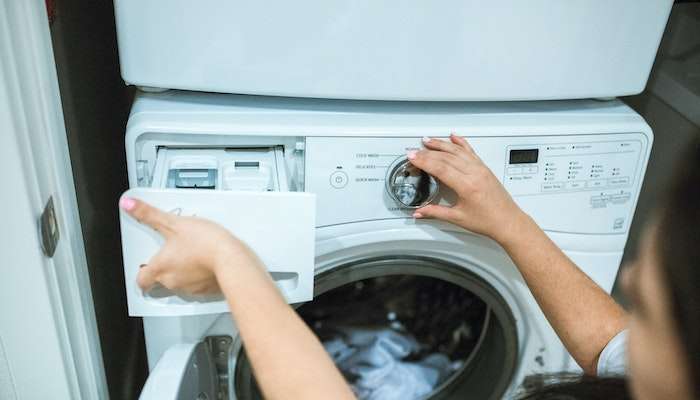
But there are articles of clothing, particularly outerwear of various kinds, that can shrink or get damaged when immersed in water or are made of certain materials that can’t withstand the chemicals in household laundry detergents. These need to be taken to a dry cleaner using a unique sanitation process involving non-water liquid solvents.
Dry cleaning isn’t cheap, and the solvents are harsh on clothing, so you should only dry clean items that specifically say “Dry Clean Only” on the label.
Wash Cycle Settings
Most washing machines have a variety of settings you can choose from when cleaning your clothes. These settings can help based on the material of your clothing, but choosing the wrong washer setting can just as easily ruin your favorite shirt.
The most common washer cycles include:
- Normal (or Cotton)
- Delicates
- Permanent Press
- Rinse & Spin
- Speed Wash (or Quick Wash)
- Heavy Duty (or Heavy Wash)
Additionally, most washing machines let you control the water temperature. Your clothing may require cold, cool, or warm wash settings. It would be best if you always read the tag or check based on the material of your clothing to avoid things like shrinking or damage to the fabric.
Dryer Settings
Like your washing machine, the dryer also has many settings. These settings usually dictate how long the dyer will run and how hot it will get. Once again, though, the wrong setting can shrink clothes, cause stains to sink in, or completely ruin clothing based on its fibers.
The most common dryer settings include:
- Normal (or Automatic)
- Air Fluff
- Delicates
- Permanent Press
- Timed Dry
Understanding your dryer settings and knowing which loads need specific settings can help you maintain fantastic clothing that lasts a long time.
Stain Removal
Stains can easily ruin entire outfits, especially if you do not follow the proper stain removal protocols. However, removing stains really isn’t that hard once you get the basics down.
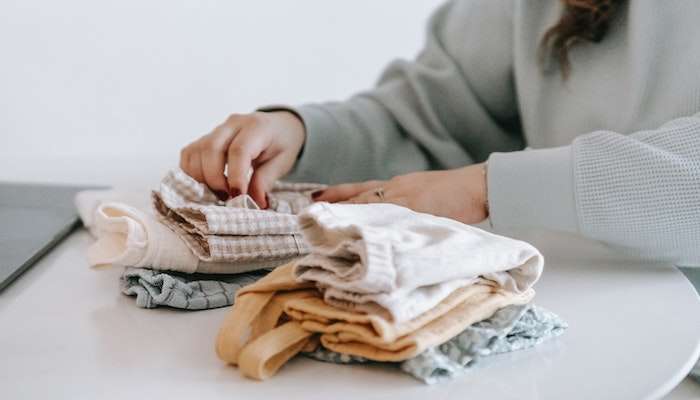
When you notice stains on your clothing, start the pre-treatment process as soon as possible. Doing this leaves less time for stains to settle into the fabric. Ideally, you should pre-treat stains within 24 hours.
To pre-treat stains: Obtain a stain remover. Follow the directions on the stain remover, then give the stain remover time to soak into the fabric. If the stain is still fully visible after several hours, consider redoing the pre-treatment phase.
After you treat the stain: Wash any stained garments with their normal wash instructions. Check each item carefully, and do not place in the dryer if the stain is still visible.
Separating Your Laundry Into Loads
To maximize time efficiency and reduce water waste and energy costs, you should always take a few minutes to separate your dirty laundry into loads.
First, separate your laundry based on how the items need to be washed. Put all the delicates together. Put all the cold-wash things together and all the warm-wash items together. Not sure which is which? I’ll explain all of that below. Just keep this in mind for now.
Then, separate into whites and colors. Clothes that have been previously washed likely won’t bleed colors, but newly bought clothes may. Regardless, separating all your whites is a preventive measure in case one of your clothing articles does bleed a little. Yep, it is possible for white shirts to turn pink accidentally!
The Right Way to Wash Your Clothes
How to Wash Underwear, Socks, Undershirts
Boxers, briefs, panties, bras, socks, and undershirts absorb the worst of the human body and collect all kinds of bacteria throughout wear. These are the only items that need the warm wash setting on a washing machine. These are also the only items (except bras and panties) that should go in a tumble dryer on low.
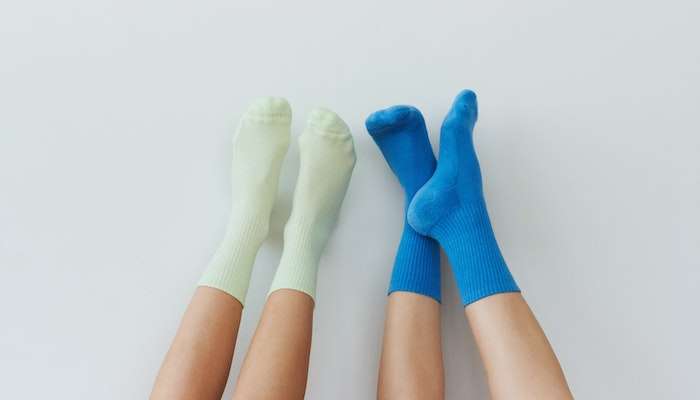
Bras should be clasped closed and, if available, put inside a mesh lingerie bag before washing. The bag prevents the straps from tangling or getting snagged. However, for utmost longevity, consider washing by hand. Afterward, squeeze out extra moisture with a towel and air dry alongside washed panties.
How to Wash T-Shirts, Blouses, Button-Ups
All of these can be thrown in a machine’s cold wash. The only exception is silk blouses, which should be washed by hand. Most shirts can be tumble dried on low, but the heat and tumbling action are rough on fabric – lint is broken fabric threads! so prefer to air dry if you have the time and the space.
Before washing a shirt, always flip it inside out to help preserve colors and patterns. For blouses and button-up shirts, undo all of the buttons to reduce strain on the buttons and minimize tension creases while the shirts are being spun. After washing, redo the buttons, straighten out the shirts with collars and cuffs popped, then hang them on hangers and allow air to dry.

You’ll also want to iron them when they’re done drying.
How to Wash Sweaters
Is it a wool sweater? Then it should probably be dry-cleaned. Is it a knit sweater? Then it should be hand washed in cold water. Is it a cotton sweater? Then it can probably be machine washed on cold.
Always flat dry; never hang dry or tumble dry. Unlike shirts, sweaters are heavy- especially when damp with water- and will stretch when suspended due to the downward pull of gravity. You may also get “shoulder nipples” where the hanger points cause tension on the sweater. Lay them flat, so they dry without any stretching. Never wring out a sweater.
How to Wash Chinos and Denim Jeans
If you don’t want your dark jeans to fade, they should be flipped inside out and washed by hand in cold water. If you don’t care about how much they disappear or are already quite faded and worn, you can flip them inside-out and machine washes them on cold. Either way, zip up and button the waist before you fly.
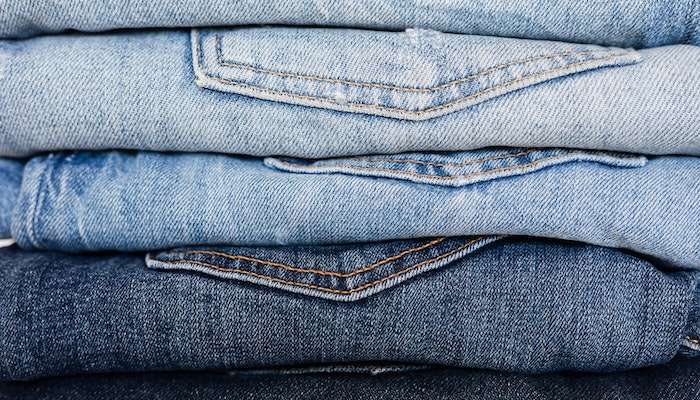
Chinos and slacks are less demanding than jeans and can be machine washed on cold. Be sure to flip them inside-out, zip up the fly, and button the waist before you throw it in.
Always hang dry chinos and jeans! They’re robust enough that they won’t stretch, but they will get damaged if you run them through a tumble dryer. At best, the zipper will get warped due to heat, even on the lowest setting. At worst, the whole thing will shrink or lose its fit. And like shirts, pants should be ironed after drying!
How to Wash Suits and Outerwear
For suits, dry clean only. Some outerwear can be machine washed on cold, but I tend to take them to the dry cleaners, huge pieces like parkas and wool pieces like peacoats.
Once you know how to wash your entire wardrobe, you need to know how often each item needs to be cleaned. In actuality, most people wash their clothes way too often and end up wearing out their clothes faster than necessary. See our guide on how often clothing should be cleaned.
Frequently Asked Questions
What water temperature should I use to wash my clothes?
Different materials can be washed at different temperatures, so you should read the clothing’s label before washing it for the first time. If in doubt, use cold water to avoid shrinking items or harming the fabric.
Do I really need to pre-sort my laundry?
Although you may think you can wash light and dark items together or throw a pair of dress slacks in with your t-shirts, these errors can ruin clothing. You should sort your laundry to avoid issues like dye transfer, snags, or shrinking garments.
Why do items still smell after I washed them?
Several issues can lead to clothing not getting cleaned properly. You may want to run a cleaning cycle on your washer, load fewer items in during your next wash, or try a different detergent.
Image credit: RODNAE Productions via Pexels


